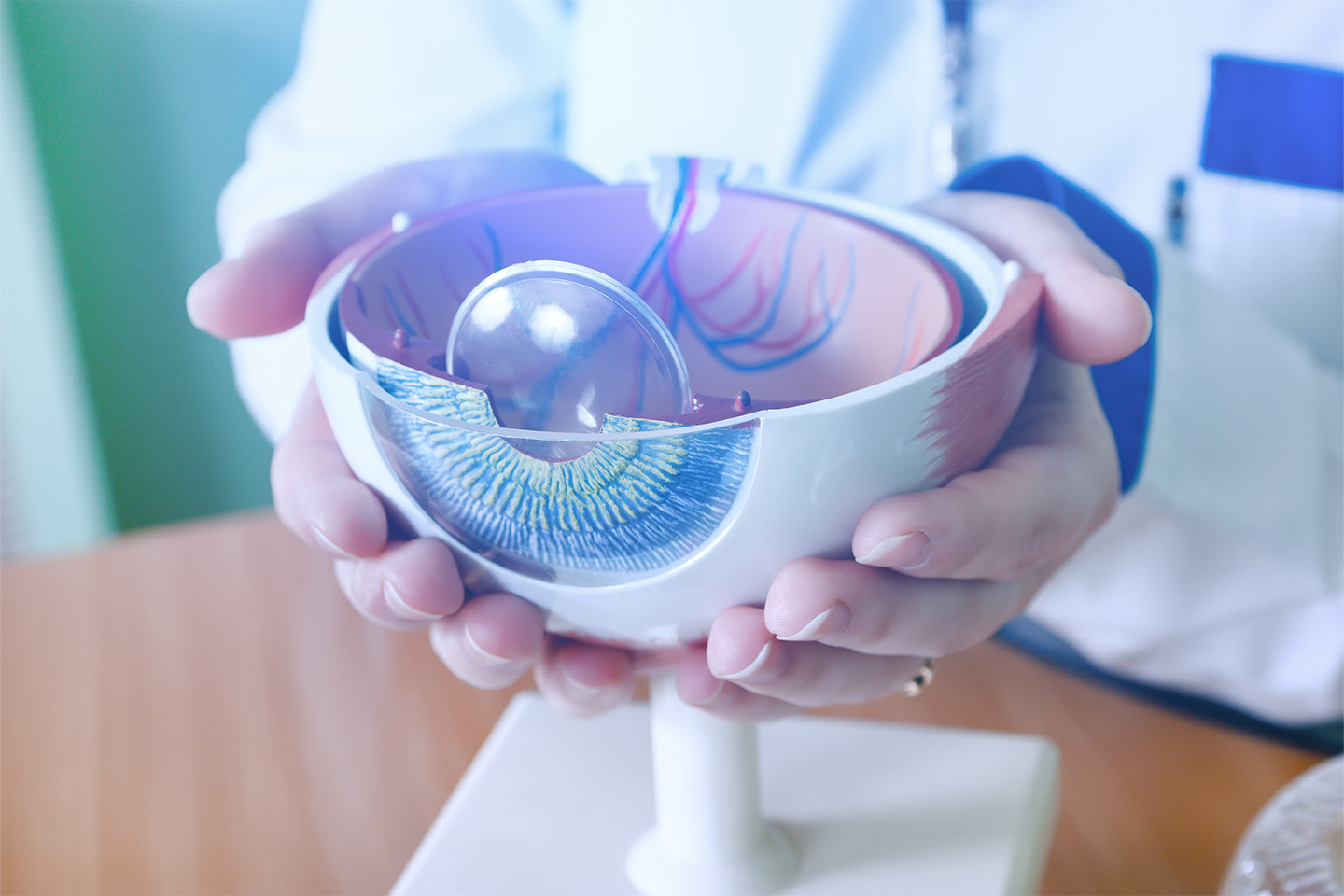Are Cataracts Hereditary?

Cataracts, a leading cause of visual impairment, are a progressive medical condition affecting approximately half of all Americans by age 75 or older. Although cataracts develop mostly due to aging, a family history may increase your risk of the condition.
The Role of Genetics in Cataract Development
Proteins (known as crystallins) in our eyes’ lenses break down as we age, often resulting in cloudy lenses and blurry vision. Aging is the most common cause of cataracts, but genetics can also play a role. Research published in 2020 identified 115 genes and 38 disease-causing genes associated with cataract formation.
Although cataracts are typically much more common in seniors, they can develop at any age. Cataracts that are present at birth are called congenital cataracts. These are rare and may be caused by genetic mutations that cause severe damage to lens proteins or by an infection during the mother’s pregnancy.
The risk of age-related cataracts can also be linked to genetics, coupled with certain environmental and medical conditions. Genetic mutations can affect the shape of the lens or the integrity of the lens proteins, making it more susceptible to cataracts. Trauma or eye surgery, smoking, direct and excessive sun exposure, and diabetes can also increase the risk of age-related cataracts.
Cataract Diagnosis and Treatment
Cataracts most often progress slowly, although they may develop more quickly in some younger people or individuals with diabetes. Symptoms of cataracts include blurry or cloudy vision, difficult nighttime driving, yellowing of colors, halos around bright lights, and double vision in the affected eye. Regular, comprehensive eye exams are key to early diagnosis of cataracts. Your optometrist or ophthalmologist can confirm cataracts with a visual acuity test, slit lamp examination, or retina exam.
Cataracts can lead to blindness if not treated; however, cataract surgery can correct the condition. Millions of cataract surgeries are performed each year — most often on an outpatient basis — with a high rate of success. During the procedure, the cloudy lens is simply replaced with an artificial lens called an intraocular lens, or IOL. At Kleiman Evangelista Eye Centers of Texas, we offer several IOL options to help you achieve your vision goals. Our team can help you understand your options and any associated costs during your consultation.
[DISPLAY_ULTIMATE_SOCIAL_ICONS]








